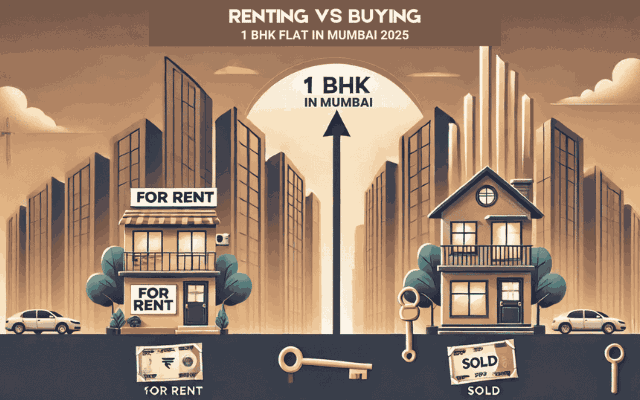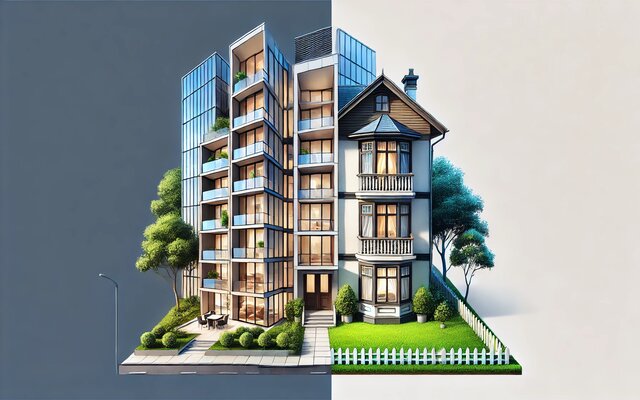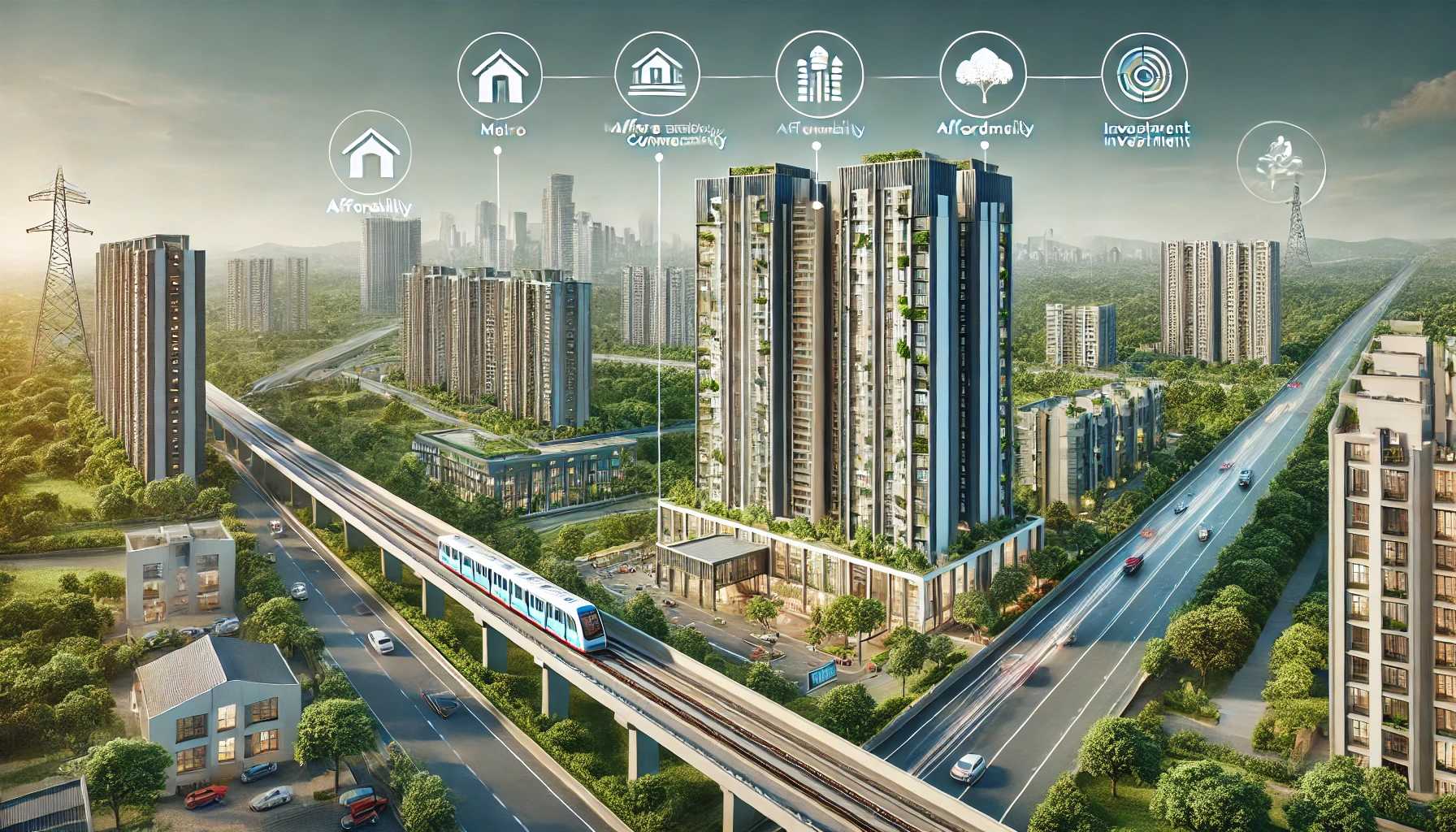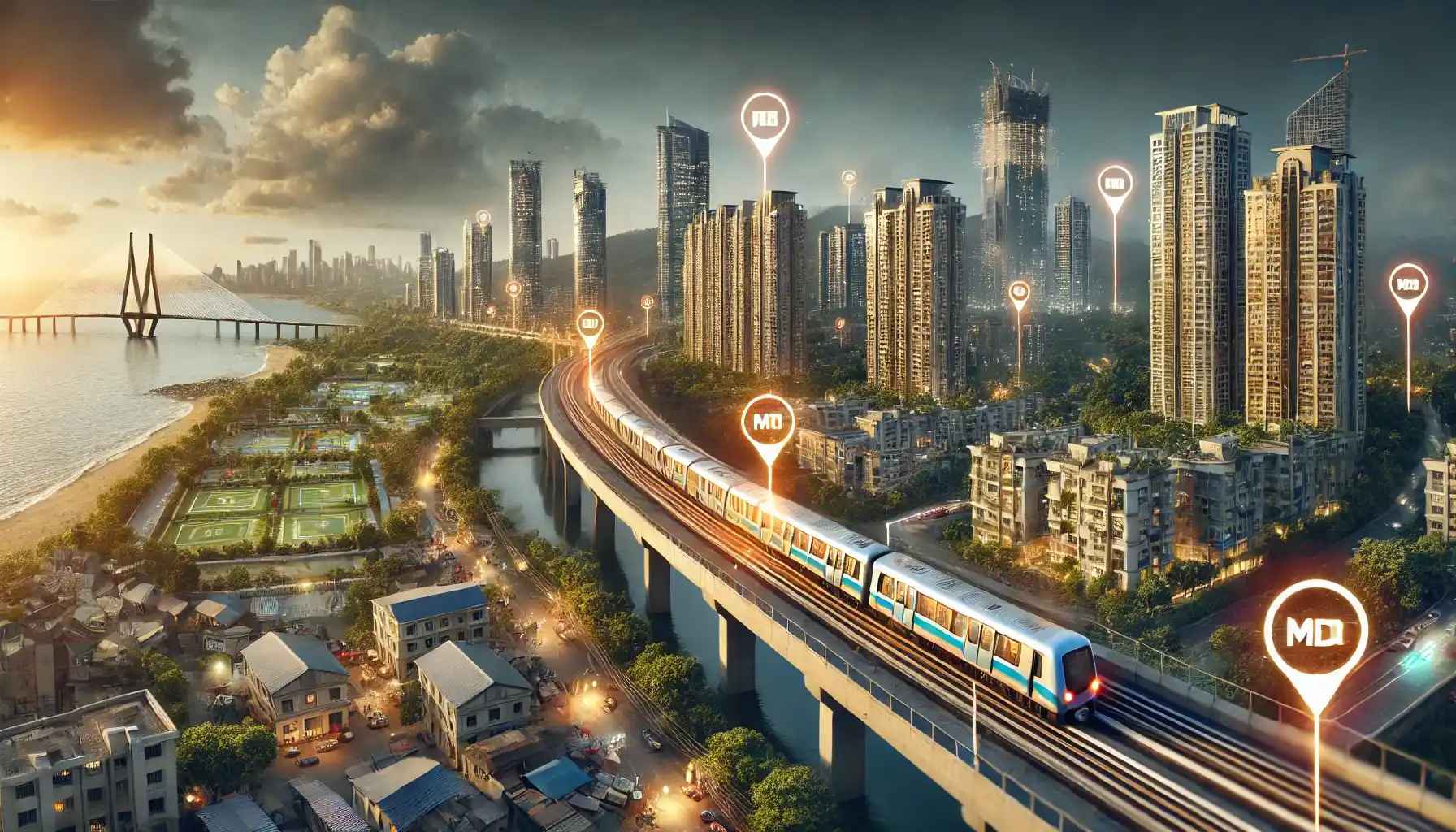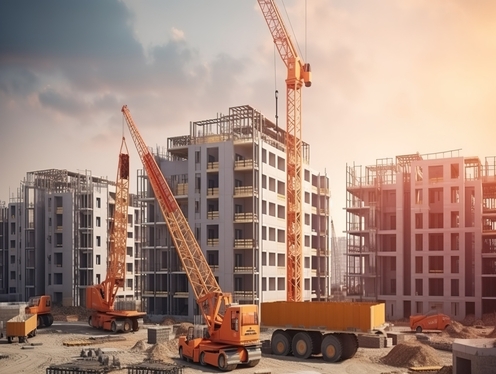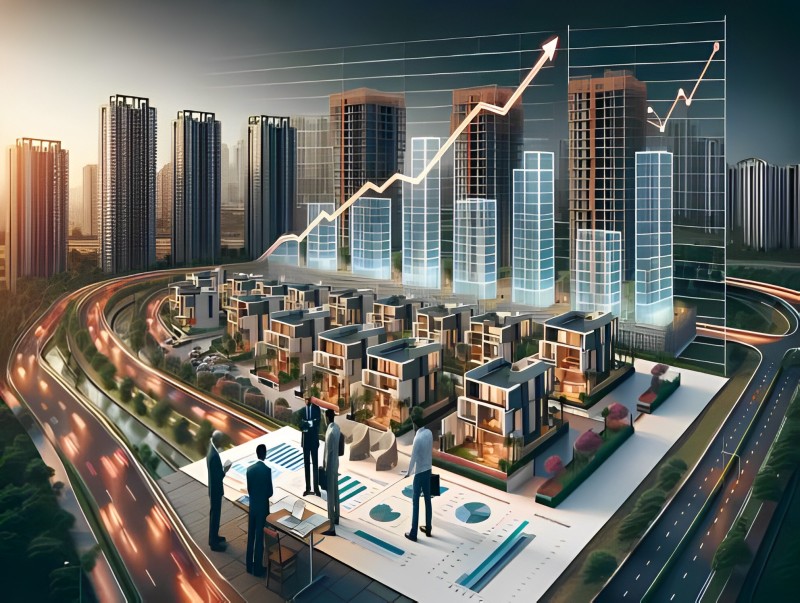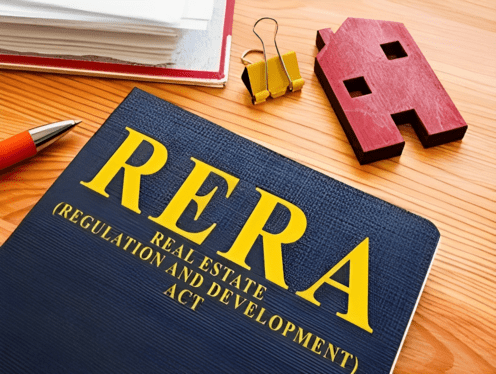Buying or investing in real estate can be overwhelming, especially with the many technical terms used in the industry. Many buyers, especially first-time homebuyers, are unaware of these terms, which can lead to confusion and even financial losses. Whether you are looking for a 1 BHK flat in Mumbai, a luxury 3 BHK apartment, or researching new projects in Mira Road, understanding these terms will help you make informed decisions. In this article, we will break down some lesser-known real estate terms and explain them in detail.
Carpet Area, Built-up Area, and Super Built-up Area
One of the most common points of confusion when buying a home is understanding the difference between carpet area, built-up area, and super built-up area.
- Carpet Area: The actual area inside the walls where you can place furniture or walk freely. If you are considering a 1 BHK in Mira Road East, knowing the carpet area helps in comparing different properties.
- Built-up Area: Includes carpet area plus walls, balconies, and other structural elements. Usually, built-up area is 10-15% more than carpet area.
- Super Built-up Area: The total built-up area plus common spaces like lobbies, staircases, and clubhouses. Builders often use this to price apartments, so knowing this can prevent overpaying for a property.
RERA (Real Estate Regulatory Authority) Compliance
RERA ensures transparency and accountability in real estate transactions. Every property developer in Mumbai must register their projects under RERA to ensure buyers get what they are promised. If you are looking at new projects at Mira Road, check the RERA registration to avoid fraud.
Encumbrance Certificate
An Encumbrance Certificate (EC) is a legal document proving that the property is free from financial or legal liabilities. If you are planning to invest in a 2 BHK in Mira Road or a 3 BHK luxury apartment, make sure to obtain an EC to avoid future legal issues.
Subvention Scheme
A subvention scheme is a payment plan where buyers pay a small percentage upfront, and the bank covers the remaining amount through a loan. The builder pays the EMI until possession, making it attractive for buyers who do not want immediate financial burden. If you’re looking at luxurious 3 BHK flats but want flexible payments, this scheme is worth considering.
Stamp Duty and Registration Charges
Stamp duty is a government tax imposed on property transactions, and registration charges are fees for legally recording the property under your name. If you are purchasing a 1 BHK at Mira Road or a 3 BHK in Mira Road, you must budget for these additional costs, which vary based on property rates in Mira Road and other localities.
Transfer of Development Rights (TDR)
TDR (Transfer of Development Rights) allows builders to transfer unused construction rights from one location to another. For instance, if a developer in Mira Road has extra space left on a project, they can transfer it to a new project in Thane. This helps in urban expansion and affects property prices in rapidly developing areas.
Also Read: Renting vs. Buying 1 bhk flat in Mumbai: Which is a Smarter Choice in 2025?
Notional Rent
Notional Rent is the assumed rental income a property owner is expected to earn, even if the property is vacant. This applies to people owning multiple properties. For example, if you own a 2 BHK at Mira Road and a 1 BHK in Dahisar, but only one is rented out, you may still have to pay tax on the vacant one based on the government’s assumed rental value.
Reverse Mortgage
A reverse mortgage allows senior citizens to pledge their property to a bank in exchange for regular payments. This is useful for retirees who own homes but do not have a steady income. For instance, a retired individual in Mira Road 1 BHK flat can opt for a reverse mortgage, receiving monthly payments while continuing to live in their home.
Circle Rate / Ready Reckoner Rate
This is the minimum property price set by the government for taxation. Even if a buyer negotiates a lower price, they will have to pay stamp duty based on the circle rate. If you are buying a 2 BHK in Mira Road, checking the circle rate will help estimate additional costs.
Green Building Certification
With increasing environmental concerns, builders are opting for Green Building Certifications such as IGBC and LEED. If you are looking for new projects in Mira Road, consider eco-friendly options like JP Infra’s North of Barcelona that offer sustainable living spaces with rainwater harvesting and energy-efficient lighting.
Floor Space Index (FSI)
FSI (Floor Space Index) determines how much construction is allowed on a given plot. A higher FSI means more floors and bigger buildings. If you are investing in a 3 BHK apartment in Mira Road, understanding FSI will help you evaluate the project’s potential.
Built-to-Suit vs. Ready-to-Move
- Built-to-Suit: The property is designed and built according to the buyer’s requirements, usually for commercial spaces.
- Ready-to-Move: The property is already completed and available for immediate possession, ideal for residential buyers looking for flats for sale near me.
Leasehold vs. Freehold Property
- Leasehold: The buyer owns the property for a limited period, often 99 years.
- Freehold: The buyer has full ownership of both the land and the building.
Investors looking for new residential projects near me should prefer freehold properties for better long-term value.
Also Read: Navigating the Future: Smart Homes in India
Final Thoughts
Understanding these real estate terms is essential whether you are buying a 1 BHK in Mira Road East, investing in 3 BHK luxury apartments, or researching new construction projects near me. Knowledge of these concepts helps in making informed decisions and avoiding hidden costs.
If you’re looking for RERA-approved properties with modern amenities and green certifications, check out JP Infra’s upcoming projects in Mumbai. Happy house hunting!










